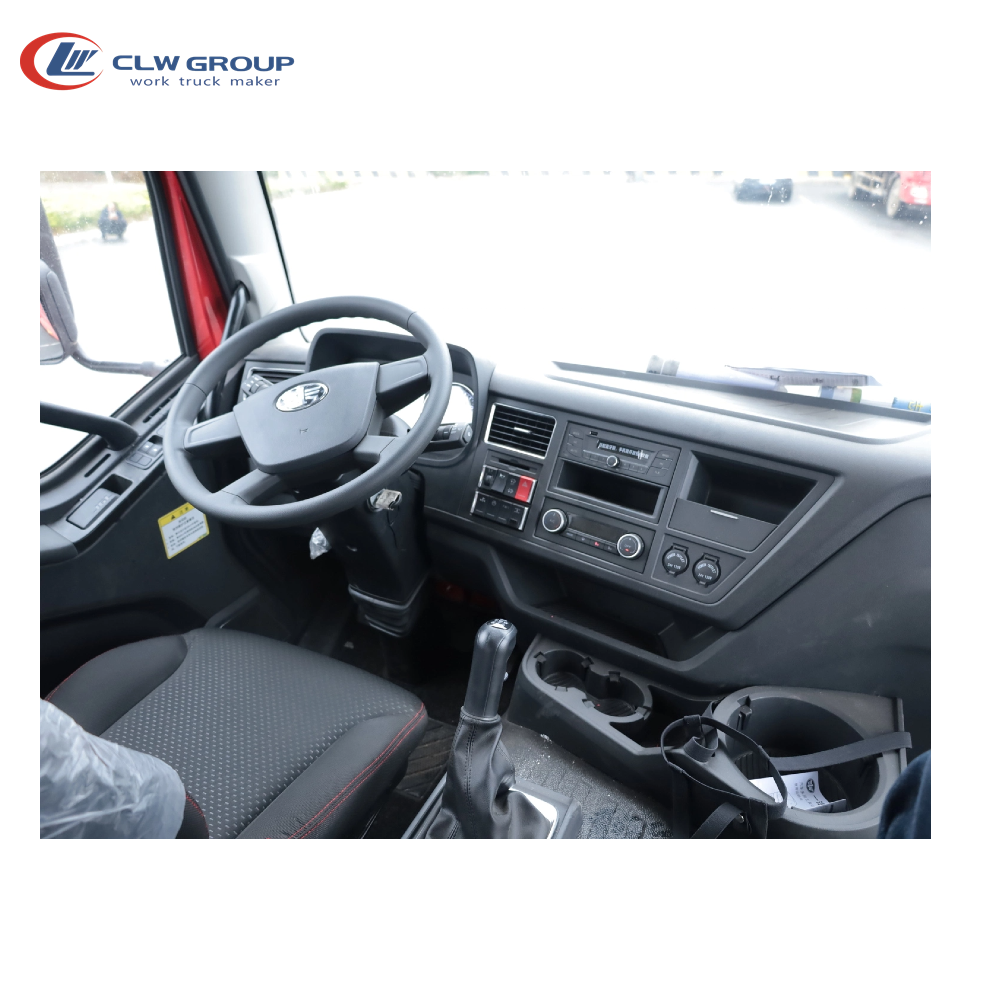Introduction
Truck mounted cranes are essential equipment in various industries such as construction, transportation, and logistics. These versatile machines combine the mobility of a truck with the lifting capabilities of a crane, making them indispensable for lifting and transporting heavy loads. However, like any mechanical equipment, truck mounted cranes can experience issues that may affect their performance and efficiency. In this comprehensive guide, we will explore common problems that can arise with truck mounted cranes and provide troubleshooting tips and solutions to help operators address these issues effectively.
1. Hydraulic System Issues
One of the most common problems with truck mounted cranes involves the hydraulic system. The hydraulic system is responsible for providing the power needed to operate the crane's lifting and rotation functions. Some common hydraulic system issues include:
- Low hydraulic fluid levels: One of the primary causes of hydraulic system problems is low fluid levels. Insufficient hydraulic fluid can lead to poor crane performance and potential damage to the system.
- Hydraulic fluid leaks: Leaks in the hydraulic system can result from damaged hoses, fittings, or seals. These leaks can cause a loss of hydraulic pressure and compromise the crane's lifting capacity.
- Contaminated hydraulic fluid: Contaminants such as dirt, debris, or water can enter the hydraulic system and cause damage to components such as pumps, valves, and cylinders.
Troubleshooting Tips:
- Regularly check hydraulic fluid levels and top up as needed to ensure proper lubrication and performance.
- Inspect the hydraulic system for any signs of leaks, such as puddles of fluid under the crane or visible damage to hoses and fittings.
- Perform routine maintenance, including replacing hydraulic filters and cleaning the system to prevent contamination.
2. Electrical System Problems
Another common issue with truck mounted cranes involves the electrical system. The electrical system controls various functions of the crane, such as the operation of lights, alarms, and safety features. Some common electrical system problems include:
- Dead batteries: If the crane's batteries are low or dead, the crane may not start or operate properly.

- Faulty wiring: Damaged or loose wiring can cause electrical malfunctions, leading to issues such as flickering lights or malfunctioning controls.
- Blown fuses: Overloaded circuits or short circuits can cause fuses to blow, resulting in a loss of power to critical components.
Troubleshooting Tips:
- Check the condition of the crane's batteries regularly and replace them if necessary.
- Inspect the wiring harness for any signs of damage or corrosion, and repair or replace any faulty wiring.
- Test and replace blown fuses as needed to restore power to the affected components.
3. Mechanical Component Failures
In addition to hydraulic and electrical issues, truck mounted cranes can also experience problems with mechanical components. These components include the boom, hook, winch, and other parts that are essential for the crane's operation. Common mechanical component failures include:
- Boom malfunction: The boom is the main lifting arm of the crane and is subject to wear and tear over time. Issues such as bent or damaged booms can affect the crane's stability and lifting capacity.
- Hook problems: The hook is used to attach loads to the crane and must be in good working condition to ensure safe lifting operations. Issues such as worn or damaged hooks can compromise load security and safety.
- Winch failure: The winch is responsible for raising and lowering loads and must be properly maintained to ensure smooth and efficient operation. Common winch problems include jammed cables, worn gears, and motor malfunctions.
Troubleshooting Tips:
- Inspect the boom for any signs of damage or wear, such as cracks, dents, or corrosion, and repair or replace as needed.
- Check the hook for wear, deformation, or cracks, and replace if necessary to ensure safe load handling.
- Regularly lubricate and inspect the winch components for signs of wear or damage, and perform maintenance as recommended by the manufacturer.
4. boom truck and Safety Concerns
Operational and safety issues are critical when it comes to truck mounted cranes, as any malfunction or failure can pose a significant risk to operators and bystanders. Common operational and safety concerns include:
- Overloading: Exceeding the crane's rated capacity can lead to structural damage, tipping, or other accidents. Operators must be aware of the crane's load limits and follow safe lifting practices.
- Improper setup: Failing to properly set up the crane, including stabilizing the truck and ensuring a level working surface, can result in instability and unsafe lifting operations.
- Lack of maintenance: Neglecting regular maintenance and inspections can lead to premature wear and failure of critical components, posing a safety hazard to operators and others on the job site.
Troubleshooting Tips:
- Provide operators with thorough training on safe crane operation, including load limits, proper setup procedures, and maintenance requirements.
- Implement a regular maintenance schedule for the crane, including daily pre-operation checks, periodic inspections, and servicing as recommended by the manufacturer.
- Conduct regular safety inspections of the crane and its components to identify and address any potential hazards or issues before they escalate.
Conclusion
Truck mounted cranes are powerful and versatile machines that play a crucial role in various industries. However, like any equipment, they can experience issues that may affect their performance and safety. By understanding common problems that can arise with truck mounted cranes and following the troubleshooting tips and solutions provided in this guide, operators can effectively address these issues and ensure the safe and efficient operation of their cranes. Regular maintenance, proper training, and adherence to safety protocols are essential in maximizing the lifespan and performance of truck mounted cranes.
